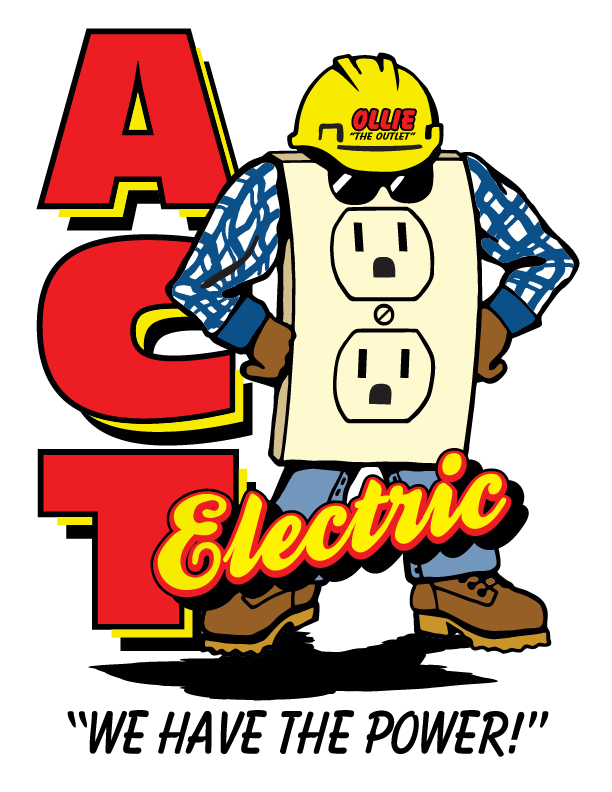Understanding the Different Electrical Wiring in Kitchens
Electrical wiring is essential for any kitchen; if done correctly, it can make the space more convenient, functional, and modern.
Electrical wiring is essential for any kitchen; if done correctly, it can make the space more convenient, functional, and modern.
First, a modern kitchen needs at least seven circuits. However, a homeowner can add more if they want their kitchen to be more flexible, convenient, and up to code. So, here are some of the essential electrical circuits required for a kitchen:
Lighting circuit
This circuit powers light fixtures in the kitchen, including overhead lights, under-cabinet lights, recessed can lights, and any other light sources. The specific requirements for a lighting circuit will depend on the number and type of light fixtures, local building codes, and electrical standards.
But overall, it is recommended to use a 15-amp, 120-volt circuit for standard light fixtures. However, some larger or more powerful light fixtures, such as track or recessed lighting, may require a dedicated 240-volt circuit.
Refrigerator circuit
The size and functions of refrigerators have grown over the years, leading to higher power consumption. As a result, refrigerators should be connected to a dedicated circuit to avoid overloading the kitchen electrical system. In general, it is recommended to use a 120-volt, 20-amp circuit for a standard-sized refrigerator. Larger refrigerators with more advanced features, such as built-in water dispensers, may require a dedicated 240-volt circuit.
Dishwasher circuit
A dishwasher circuit is a 15-amp, 120-volt circuit wired by a 14-2 cable. New codes and standards also require that dishwasher circuits be grounded with a fault circuit interpreter.
Microwave circuit
Microwaves have also grown larger over the years and thus require more wattage. Many microwaves require about 1,200 watts. However, the specific requirements for a home's microwave circuit will depend on the size and type of microwave and local building codes. In general, it is recommended to use a 120-volt, 20-amp circuit for a standard-sized microwave oven. The circuit should be wired with a 12-2 cable with ground. Some larger microwave ovens or those with additional features, such as a built-in convection oven, may require a dedicated 240-volt circuit.
It's essential to pay attention to the voltage requirement of a microwave. A very high voltage may cause damage or even a fire. A very low voltage, on the other hand, may result in slow cooking.
Range circuit
In general, it is recommended to use a 240-volt, 50-amp circuit for a standard-sized range. This circuit requires a 6-3 electrical wire. Range circuits also use a special cord plugged into a specific outlet. So, work closely with an electrician to help select the right cord and outlet for the range.
Garbage disposal
Most garbage disposals use a 120-volt, 20-amp circuit that requires a 14-2 cable. Sometimes, the garbage disposal might use the same circuit as the dishwasher, but it's best to separate these two circuits.
Small appliances circuit
Small kitchen appliances include toasters, blenders, coffee makers, and slow cookers. In general, installing at least two dedicated 20-amp, 120-volt circuits for small kitchen appliances is recommended. These circuits use 12-3 or 12-2 electrical wires.
Get professional help
A homeowner who wants to upgrade their kitchen wiring must work closely with a licensed and experienced electrician. The right professional will be able to determine the type of circuits required for a specific kitchen, along with their appropriate sizes. They will also ensure the electrical wiring is installed safely and complies with all relevant codes and standards.
The qualified electricians at ACT Electric perform quality lighting, wiring, home generators, landscape and security lighting, and new home wiring jobs. We are a 24-hour emergency electrician to cater to all your needs any time of the day or night. call at (480) 986-1722.

